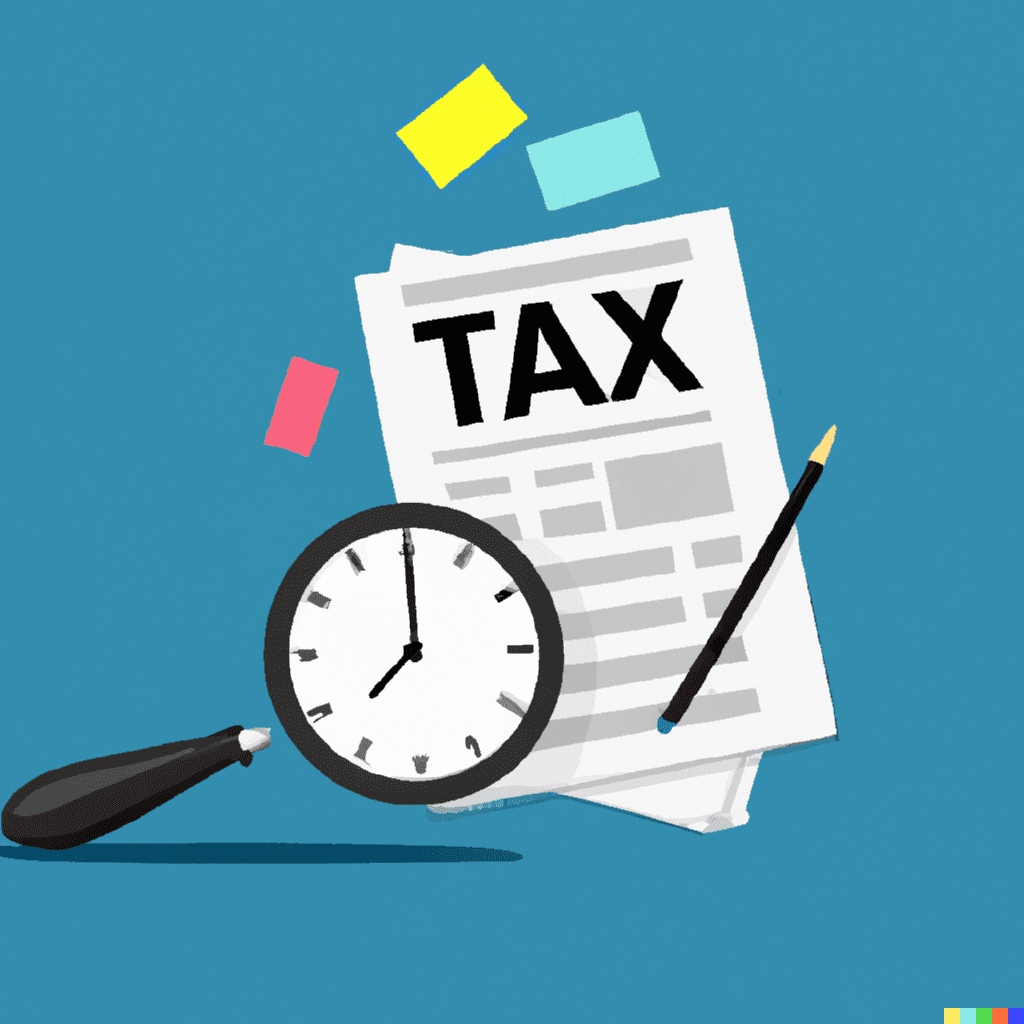Labour productivity – the amount of work produced per hour – has taken a concerning dip, falling 0.8% in the past 12 months.
This news, revealed by the Productivity Commission, has sparked concerns about the country’s ability to grow its way out of debt.
The Productivity Bubble Bursts
The short-lived productivity boost caused by the COVID-19 pandemic has fizzled out, leaving us back where we started in 2015-2019 – a period of stagnant growth. According to Alex Robson, deputy chair of the Productivity Commission, “reinvigorating productivity is a national priority.” This is especially crucial since even small improvements to the economy’s efficiency can lead to significant economic benefits and higher living standards over time.

The Debt Problem Looms Large
With Australia’s debt problem showing no signs of improvement, the government is under pressure to find a solution. The latest mid-year economic and fiscal outlook predicts that we won’t be back in surplus until 2034/35. Cherelle Murphy, EY chief economist, warns that the government’s finances have been in decline for too long, and drastic reforms are needed to boost productivity.
No Easy Solutions
Economist Saul Eslake points out that neither side of politics has been willing to have an “adult conversation” with Australians about how to pay for the growing spending. One possible solution is to axe the ‘No Worse Off’ GST deal with Western Australia, which would save the federal budget $21.1 billion over four years. However, finding politically palatable spending cuts is a tough task.
Government Response
Finance Minister Katy Gallagher defends the government’s efforts to reduce spending growth, citing reforms in areas like NDIS and aged care. She also highlights the $92 billion in savings and reprioritised spending since the election. However, shadow treasurer Angus Taylor criticises the government for overseeing growth in public servant numbers and vows to cut bureaucracy growth if elected.
The Human Impact
The lack of productivity growth has real consequences for Australians. As spending increases and taxes rise, younger generations will bear the brunt of the burden. Meanwhile, Australia’s strong jobs market is a rare bright spot, with more workers employed and participating in the workforce than before the pandemic.

